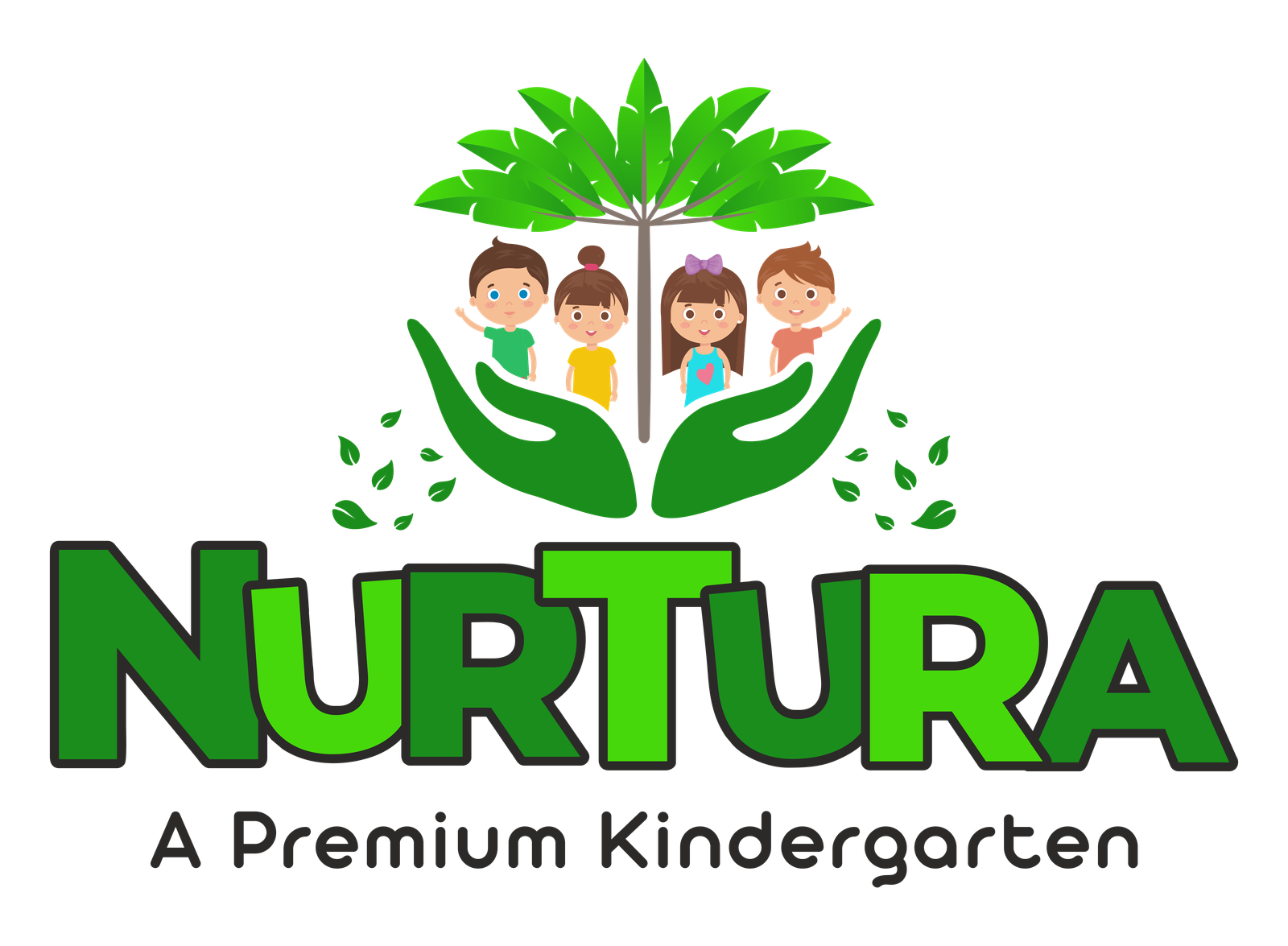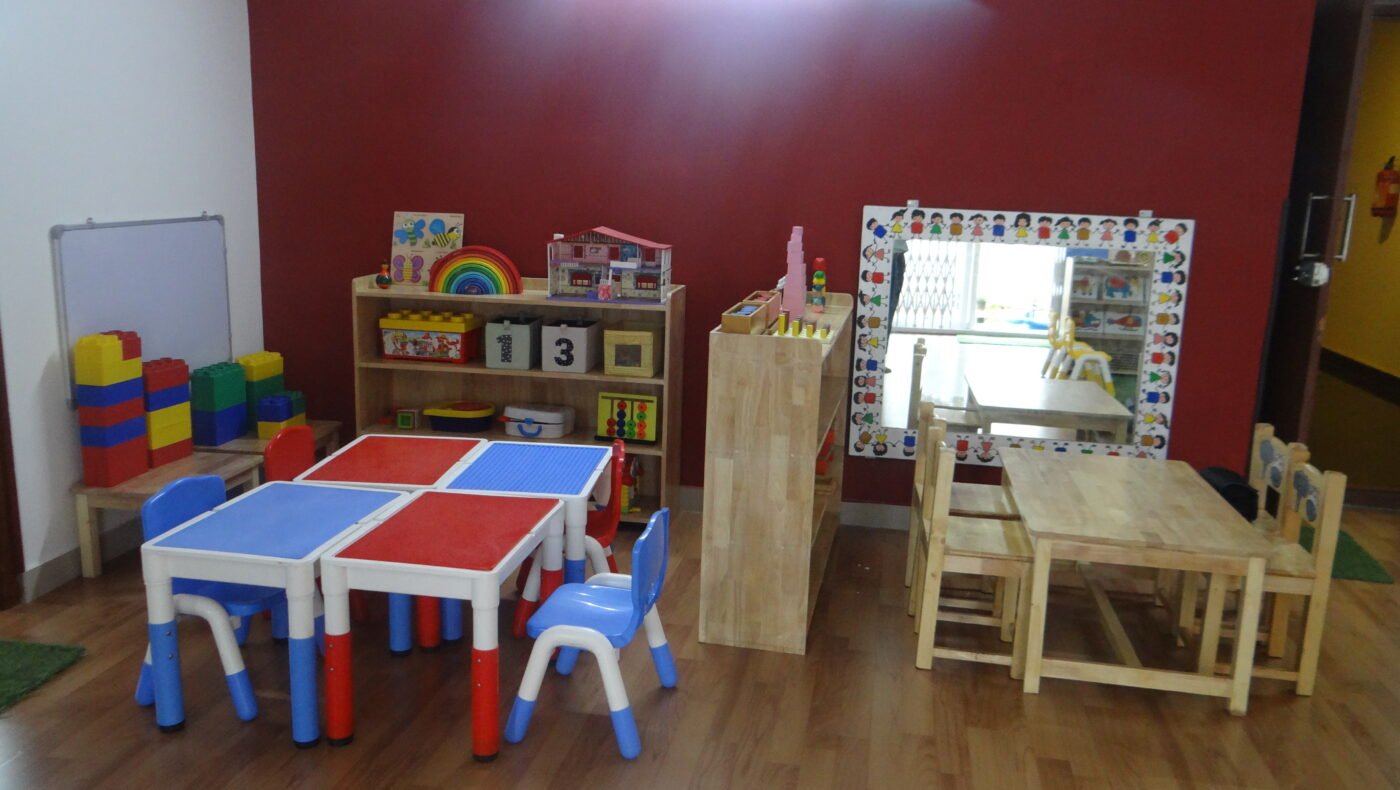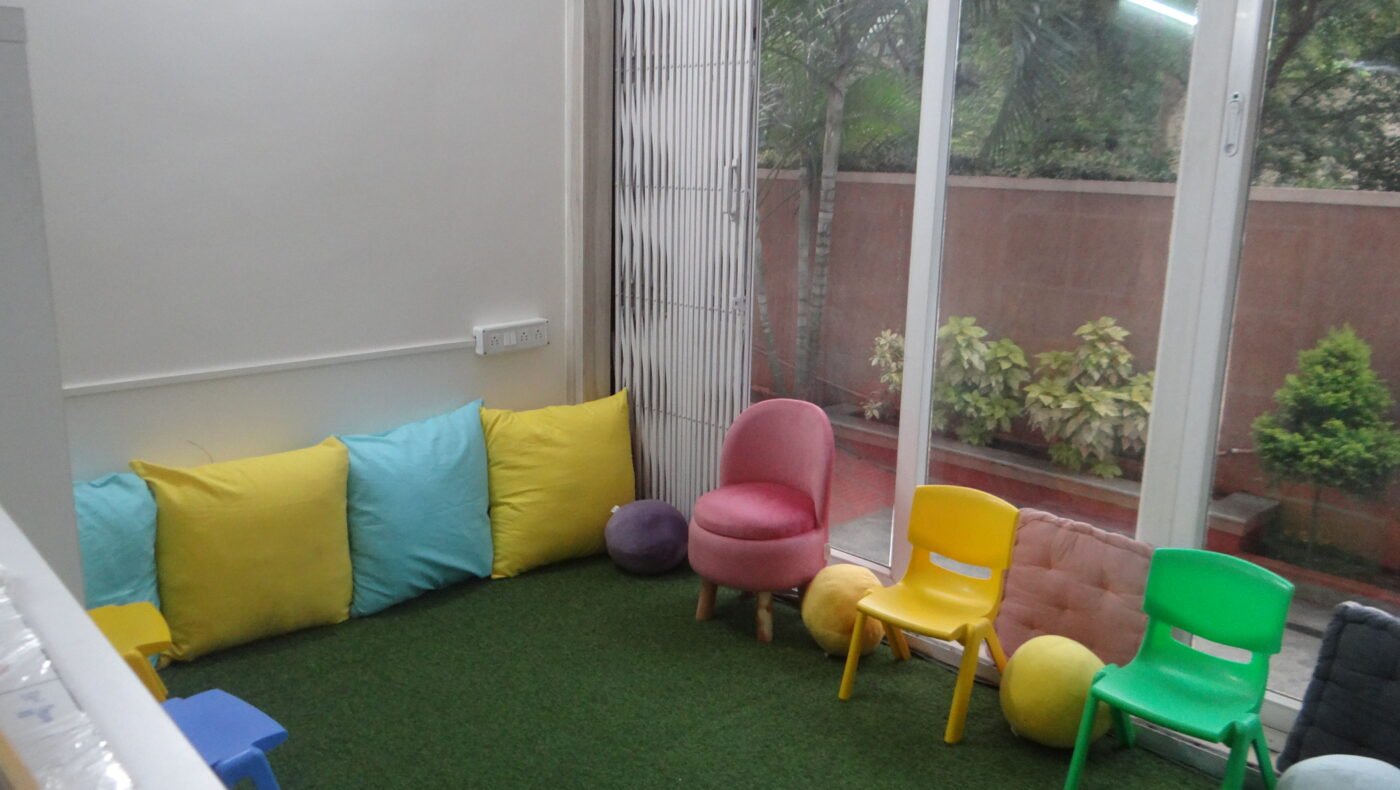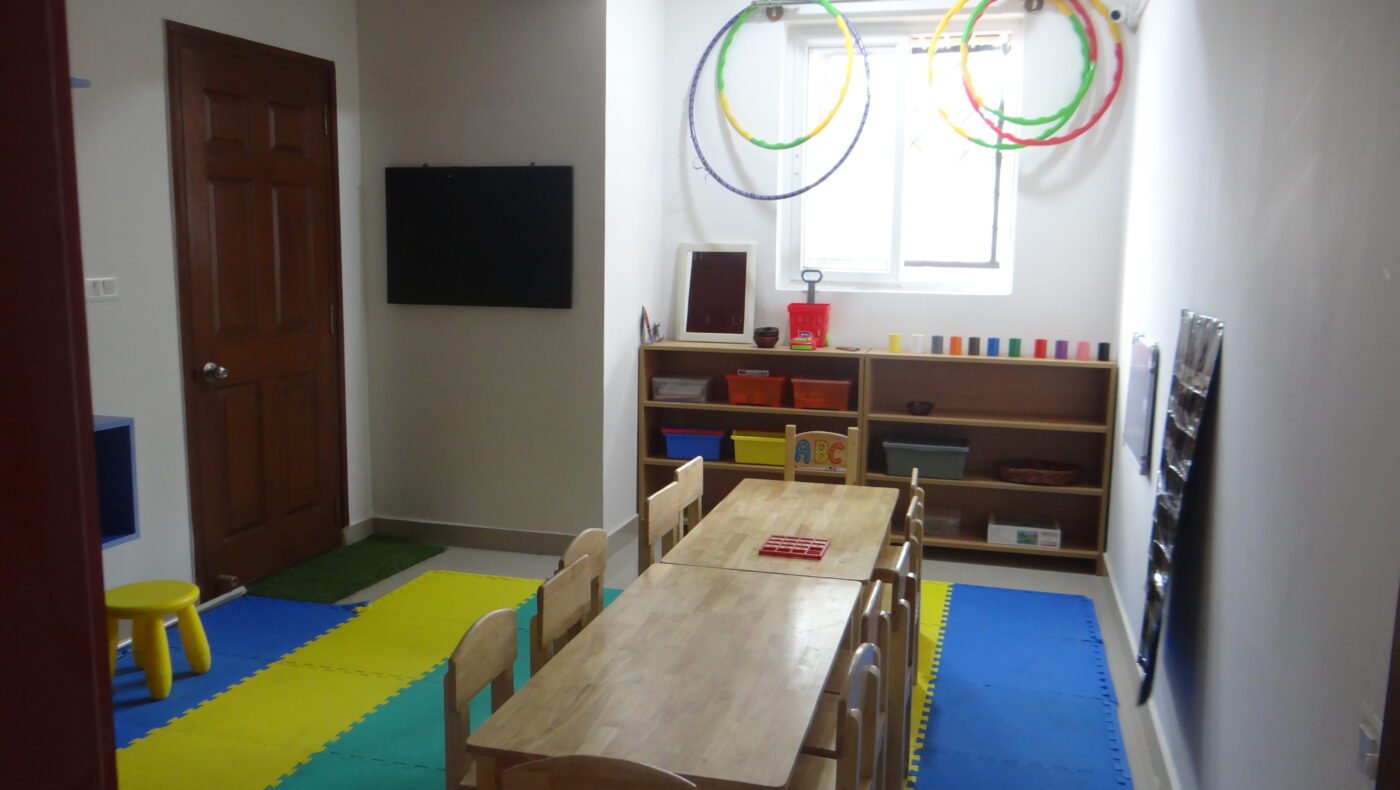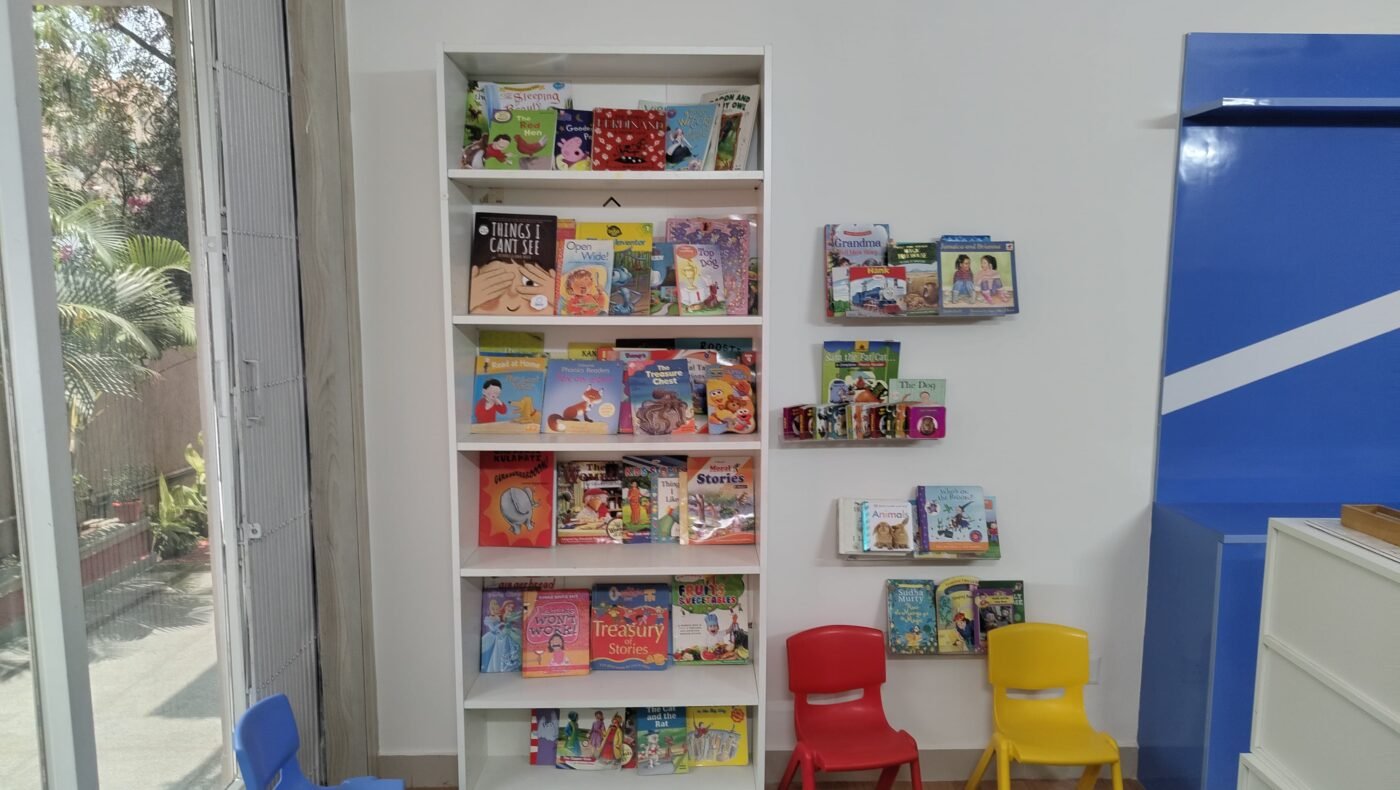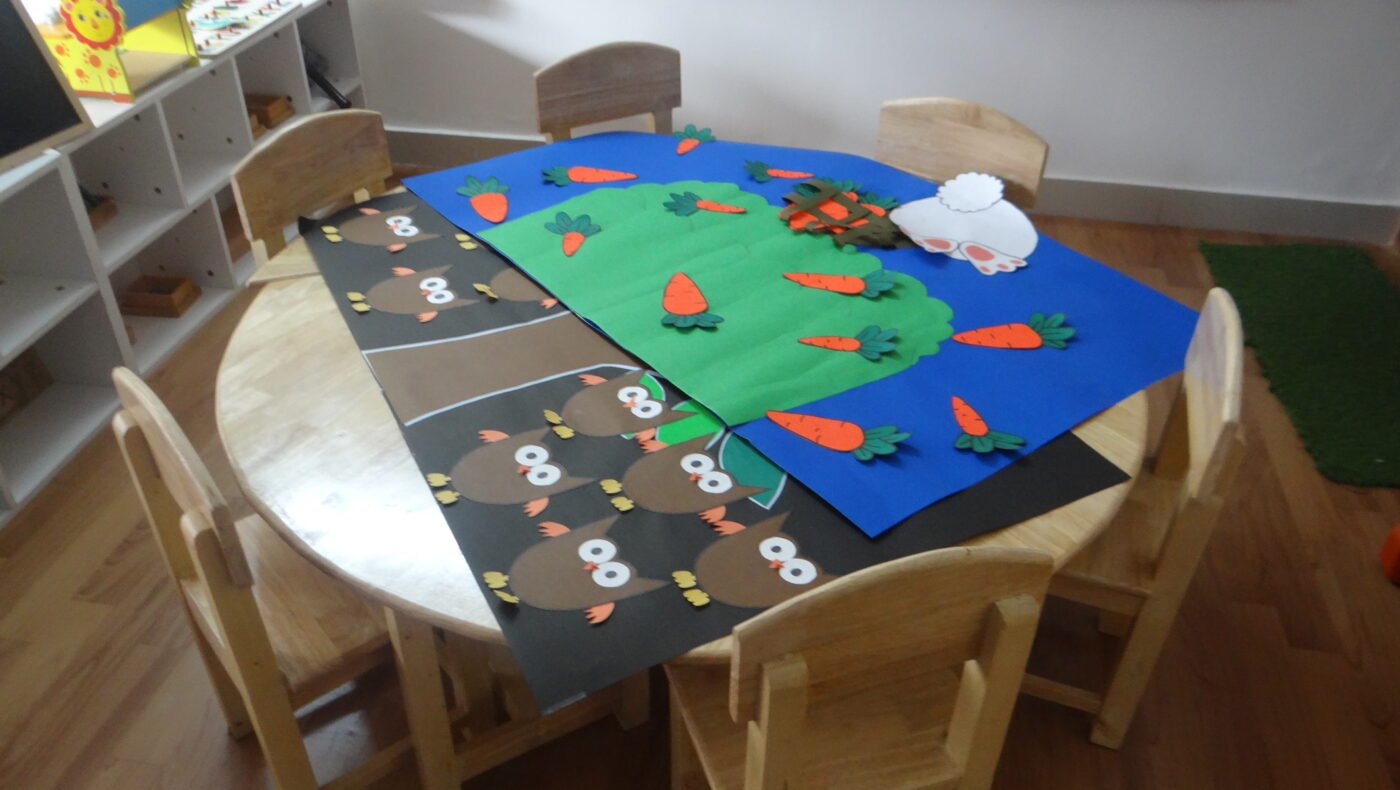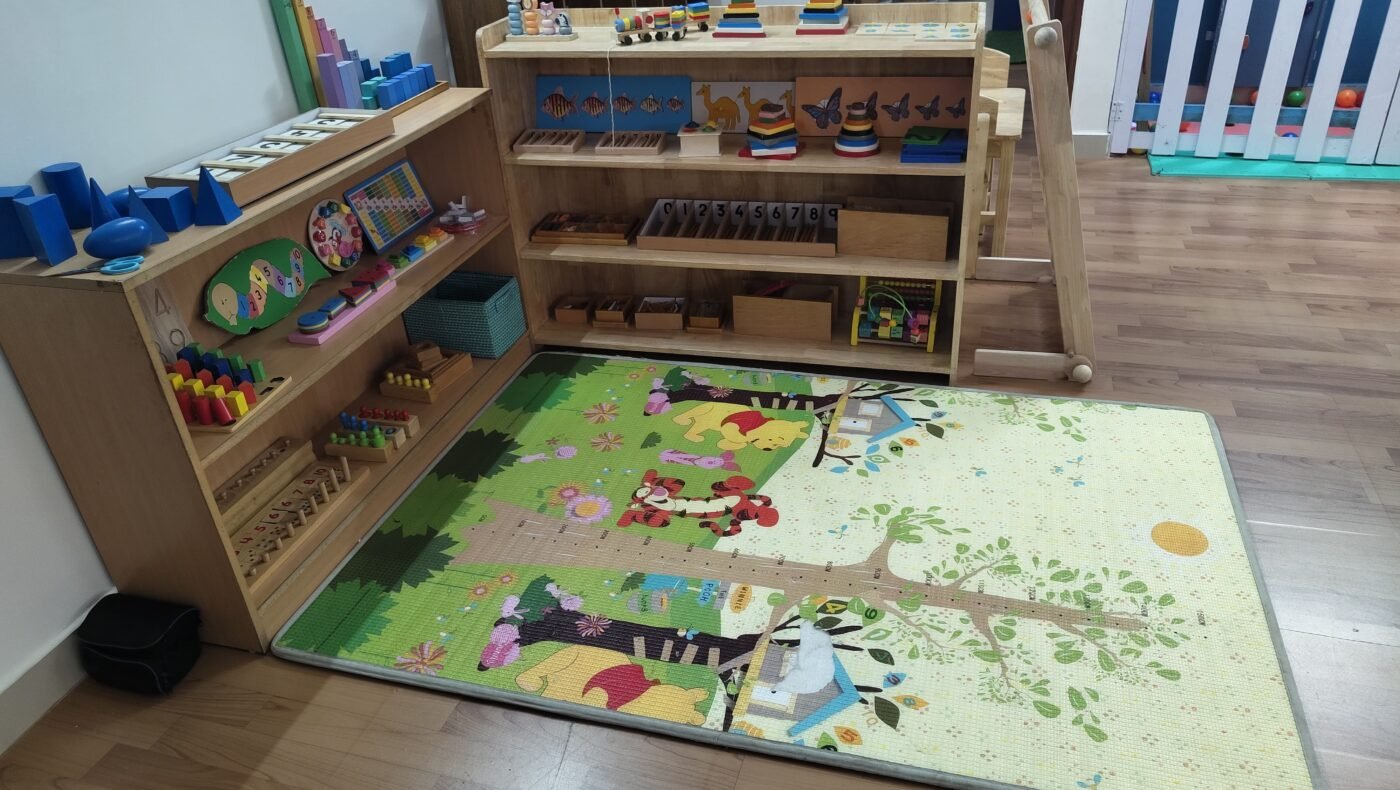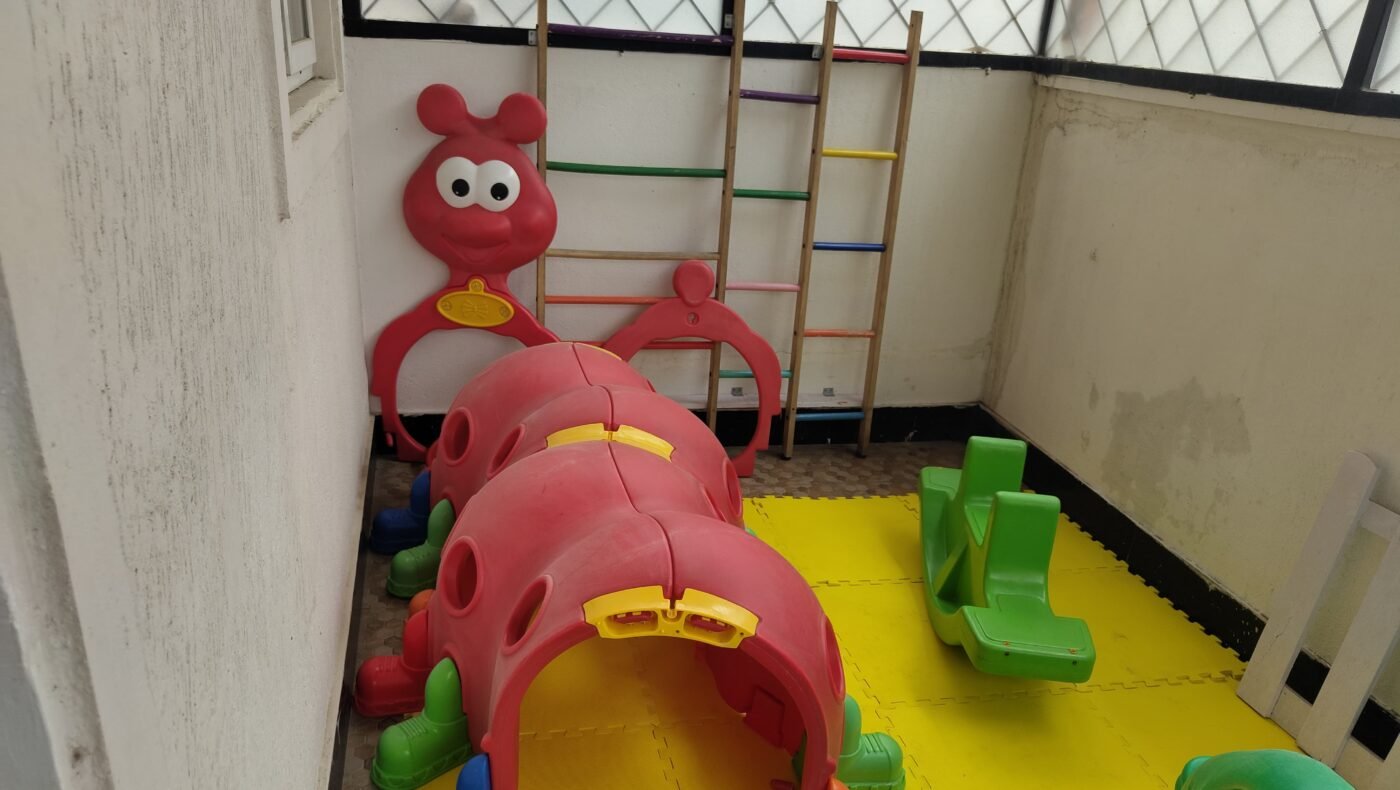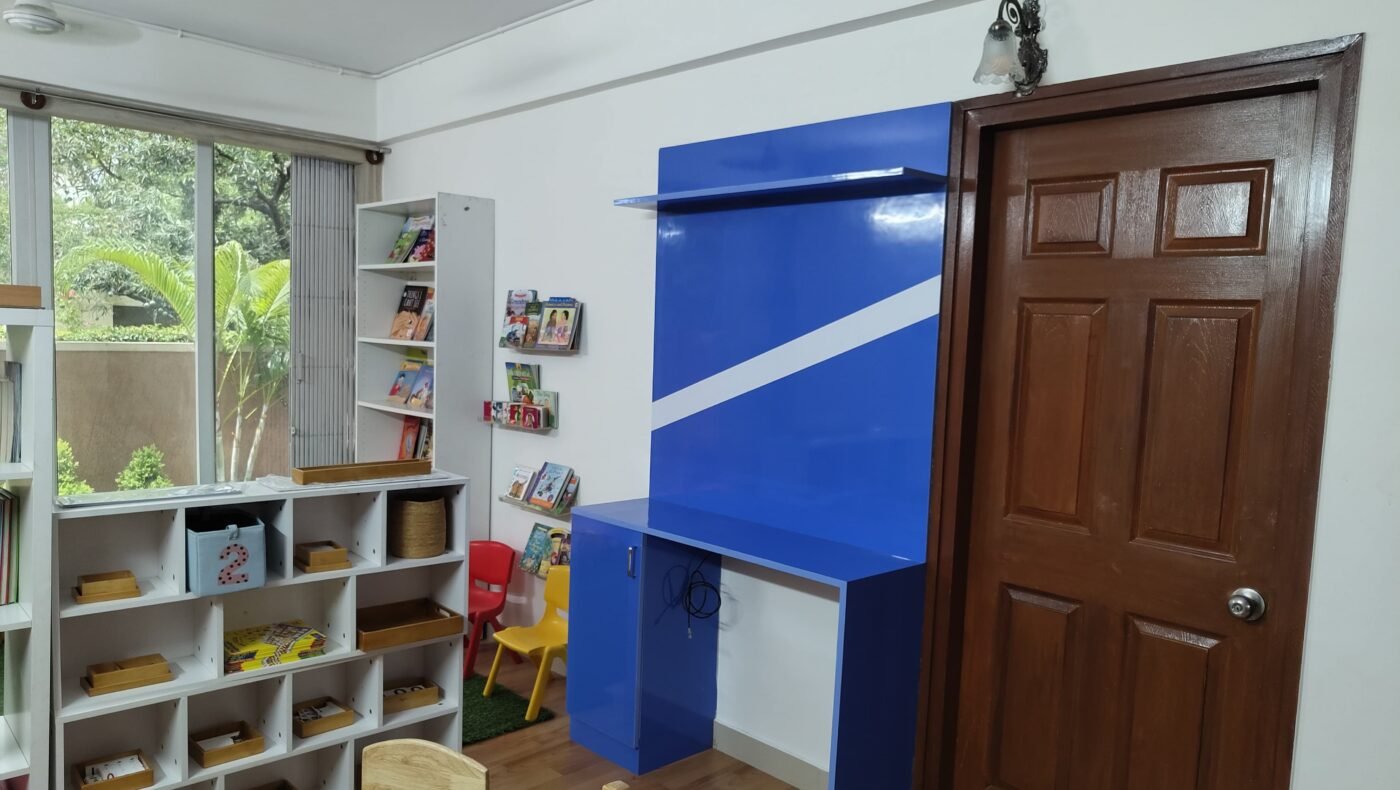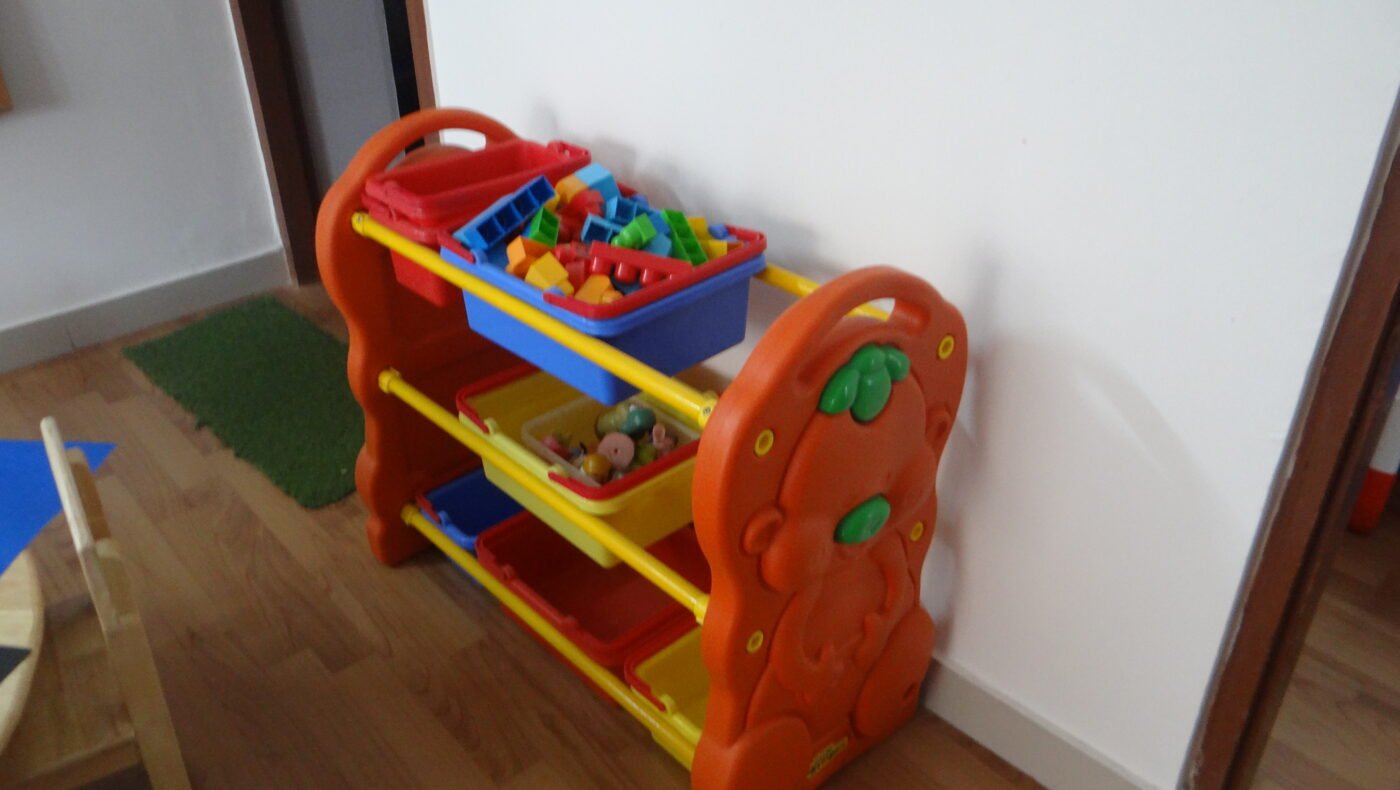A Peek Into Our Summer Camp: Fun, Mud, and Magic!
Summer is finally here, and at Nurtura, we’re ready to make this the most memorable season yet!
Our Summer Camp is designed to be an exciting mix of adventure, creativity, and learning — a place where children can explore, get their hands dirty, and experience the magic of the season in a safe and nurturing environment.
So, what can you expect from our summer camp? Here’s a sneak peek at all the fun, mud, and magic we’ve got planned!
What Makes Our Summer Camp Special?
At Nurtura, our Summer Camp isn’t just about filling time — it’s about creating experiences that nurture creativity, independence, and social skills.
We believe in combining hands-on activities with outdoor play, all while fostering a love for learning and exploration. The best part? There’s something for every child, whether they love getting messy with art or embarking on exciting outdoor adventures.
A Day Full of Adventure and Learning
Our Summer Camp is packed with activities that are designed to engage children in meaningful ways.
Here’s what a typical day might look like:
Morning: Outdoor Fun and Exploration
We believe that nature is the best classroom, and our camp days start with outdoor adventures. Whether it’s exploring the nearby park, going on a nature scavenger hunt, or discovering new creatures in the garden, children will experience the wonders of the outdoors firsthand.
Nature Walks: Taking time to appreciate the outdoors, find bugs, leaves, and flowers, and learn about the natural world around us.
Outdoor Art: Letting children create artwork using natural materials like leaves, twigs, and flowers, sparking their creativity while connecting with nature.
Midday: Creative Arts and Sensory Play
After a fun morning of outdoor exploration, we dive into creative activities that challenge children’s imagination. From messy, sensory play to imaginative art projects, this time lets children unleash their creativity.
Mud Kitchen Fun: Get ready for some dirt and splashes! Our mud kitchen lets children create “recipes” in the mud, building fine motor skills while having a blast.
Paint, Clay, and Craft: With a variety of art materials, children can express themselves freely, creating masterpieces to take home and share with family.
Afternoon: Building Skills and Teamwork
Our afternoons focus on teamwork, problem-solving, and skill-building activities that encourage collaboration and social interaction. Children will develop important life skills while having fun with their friends.
Obstacle Courses: Designed to challenge their physical abilities, our obstacle courses help build strength, balance, and coordination.
Group Games: From relay races to treasure hunts, group activities teach children the value of teamwork and cooperation, all while keeping them active and engaged.
Why Summer Camp at Nurtura?
Summer camp isn’t just about fun — it’s also about growth. Here are a few reasons why our camp is the perfect place for your child this summer:
1. Learning Through Play
We follow the Montessori philosophy, which encourages children to learn by doing. Through hands-on activities and engaging experiences, your child will develop essential skills such as problem-solving, creativity, and independence.
2. Outdoor Exploration and Physical Activity
Getting outside and being active is vital for children’s development. Our camp emphasizes the importance of outdoor play, where children can explore, run, jump, and learn while soaking up the summer sun.
3. Fostering Friendships and Social Skills
Summer camp is the perfect setting for children to meet new friends and practice social skills. Through group activities, games, and collaborative projects, children will learn how to share, cooperate, and communicate effectively with others.
4. Fun, Mud, and Magic!
What’s a summer camp without a little mess? We embrace the joy of getting dirty, whether it’s through mud kitchens, water play, or digging in the garden.
There’s magic in every splash, giggle, and creative mess — and we wouldn’t have it any other way!
Enroll Today – Spots are Limited!
Our Summer Camp is filling up fast, and we wouldn’t want your child to miss out on the fun!
With a mix of outdoor exploration, creative activities, and teamwork, this summer will be one they’ll never forget. Whether they’re rolling in the mud, creating beautiful art, or making new friends, they’ll be learning in the most fun and magical way possible.
Don’t wait — reserve your child’s spot today and let them experience the best summer camp ever!
Final Thoughts
At Nurtura, we believe that summer is the perfect time to explore, create, and have fun!
With our Summer Camp, your child will enjoy hands-on experiences, make lasting memories, and develop valuable skills for the future.
Join us this summer for a season of fun, mud, and magic — we can’t wait to see you there!
